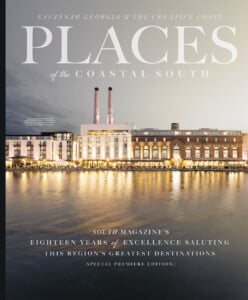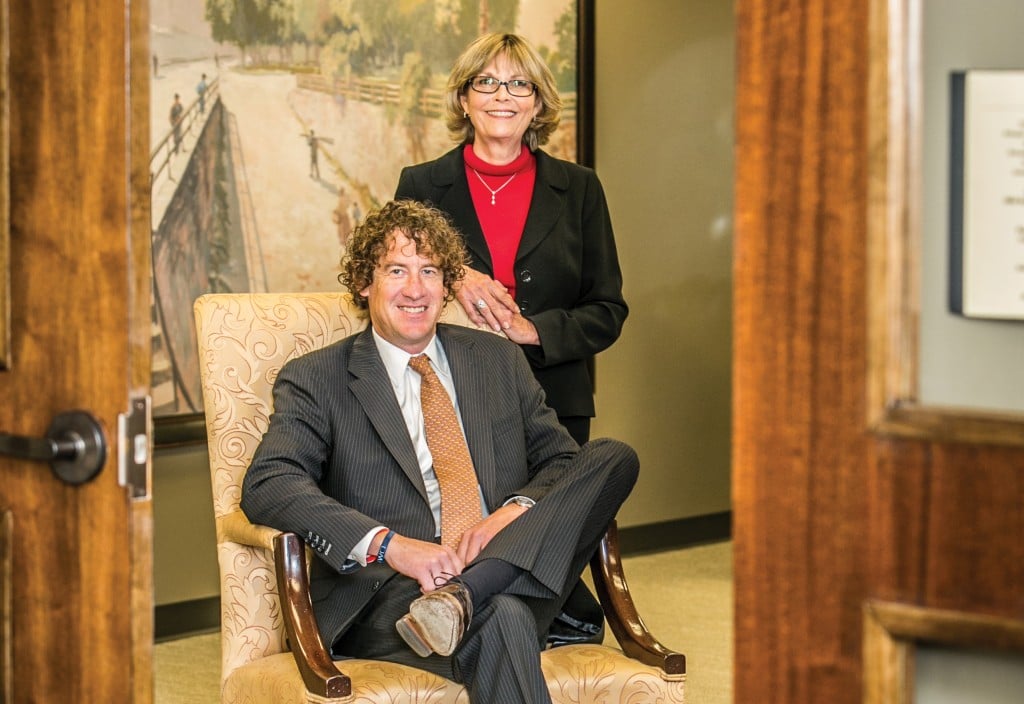Choosing Between Types of Retirement Communities
Navigating the various types of retirement communities can feel overwhelming when helping an aging loved one find their ideal living situation. Despite the fact that 88% of Americans ages 50 to 80 want to remain in their own homes as long as possible, only 15% have actually considered the necessary home modifications to make this happen. This disconnect between desire and preparation often leaves families scrambling for solutions.
When exploring different types of senior living options, families must weigh both practical and financial considerations. The national median cost for assisted living can exceed $4,000 per month, while entrance fees for Continuing Care Retirement Communities range from tens of thousands to hundreds of thousands of dollars. Furthermore, there are nearly 300 “village” models across the U.S. that create support networks allowing seniors to stay in their homes longer.
In this guide, we’ll walk through the full spectrum of retirement living options available today – from active adult communities where 80% of residents must be 55+, to memory support facilities designed specifically for those with dementia. We’ll also help you understand how to match these options with your loved one’s unique needs, preferences, and budget constraints.
Understanding the Types of Senior Living Options
Today’s seniors have access to a range of living arrangements designed to meet different needs, preferences, and health requirements. Each option offers distinct features that make it suitable for specific stages of aging.
Aging in Place enables seniors to remain in their own homes with supportive services. According to a national poll, 77% of Americans over age 50 prefer this option. Home-based care can include personal assistance, household chores, meal preparation, and transportation services. Home modifications like ramps, grab bars, and medical alert systems enhance safety and accessibility.
Independent Living communities cater to active adults typically over 60 who can care for themselves but desire maintenance-free living. These communities feature amenities such as swimming pools, fitness centers, and multiple dining venues. Monthly costs average around $3,100 nationwide, typically covering an apartment, utilities, security services, and access to amenities.
Assisted Living provides support with daily activities while promoting independence. Residents receive help with tasks like bathing, dressing, and medication management. With 24-hour staffing, these communities cost approximately $4,800 monthly, including housing, utilities, meals, and basic care services.
Memory Care facilities specialize in supporting those with Alzheimer’s or other forms of dementia. These secure environments feature specially trained staff and therapeutic activities designed to slow cognitive decline and improve quality of life.
Skilled Nursing Facilities (nursing homes) offer 24-hour medical care for those with complex health needs, costing about $8,200 monthly for a semi-private room. Services include wound care, rehabilitation therapies, and management of chronic conditions.
Continuing Care Retirement Communities (CCRCs) combine all levels of care on one campus, allowing residents to transition between care types as needs change. These communities require entrance fees ranging from $40,000 to over $2 million, plus monthly fees averaging $3,555.
Understanding these options helps families match the right living arrangement to their loved one’s current and future needs.
How to Match Senior Living Types to Your Family’s Needs
Finding the right match between your loved one’s needs and the various types of retirement communities requires a thoughtful assessment process. The first step involves evaluating your family member’s current and anticipated health status, independence level, and personal preferences.
Start by considering the amount of assistance needed with daily activities. If your loved one requires help with three or more activities of daily living, assisted living or nursing care might be appropriate. Conversely, if they’re mostly independent, active adult or independent living communities could be ideal.
Next, evaluate their cognitive health honestly. Memory care facilities offer specialized support for those with dementia, with staff trained in dementia care techniques and environments designed to reduce confusion. These facilities typically maintain a staff-to-resident ratio of 1:5 during daytime hours.
Financial resources play a crucial role in this decision too. Medicare generally doesn’t cover long-term care costs, though it may pay for short-term rehabilitation. For perspective, the median monthly cost for assisted living nationally sits at approximately $4,500, while a private room in a nursing home averages around $9,034.
Additionally, consider location preferences. Many seniors prefer remaining within 10 miles of their current home to maintain connections with friends, doctors, and familiar places. In fact, proximity to family ranks among the top three factors in choosing a retirement community.
Social needs matter equally. If your loved one thrives on interaction, communities with robust activity calendars and communal dining may prove beneficial. Moreover, think about future needs—CCRCs offer the advantage of allowing residents to transition between care levels without relocating.
Involve your loved one in this decision process whenever possible. Through open conversations, facility tours, and overnight stays, you can gather firsthand impressions about each community’s culture and fit. Therefore, take time to visit multiple communities, observe resident interactions, and ask current residents about their experiences before making this important decision.
What to Expect from Each Retirement Living Option
Each type of retirement community offers distinct experiences tailored to residents’ needs. Once you’ve selected the right option, understanding what daily life entails becomes essential.
Independent living communities resemble luxury hotels rather than traditional senior housing. Residents typically enjoy amenities including swimming pools, outdoor walking paths, fitness centers, and multiple restaurant options. These communities cost approximately $3,000 monthly, covering apartments, utilities, security services, and amenity access. Most also include housekeeping, laundry services, and transportation assistance.
Assisted living environments provide personalized care plans based on initial assessments and routine evaluations. Beyond basic support, residents benefit from 24-hour caregivers, medication management, and regular wellness checks. Monthly costs average around $4,800, encompassing housing, utilities, three daily meals, and transportation services.
Memory care communities feature specialized designs for cognitive impairment. These settings include welcoming, open-concept layouts, interactive kitchens, and memory boxes outside private suites displaying residents’ life stories. Staff members receive specialized training in dementia care techniques, ensuring appropriate support throughout cognitive decline.
Skilled nursing facilities offer comprehensive medical services including wound care, physical therapy, occupational therapy, and speech therapy. Residents typically choose between private or semi-private suites with full bathrooms. A semi-private room costs approximately $276 daily or $8,200 monthly.
Notably, Continuing Care Retirement Communities integrate all these options on one campus. This arrangement allows residents to transition seamlessly between care levels without relocating. Couples particularly benefit from this model, as partners can remain together regardless of differing care needs.
Across all communities, social engagement remains paramount. Activities like gardening, music events, art classes, and game nights foster connections and improve quality of life. Indeed, seniors with strong social connections experience lower risk of cognitive decline and improved physical health.
Conclusion
Choosing the right retirement community stands as one of the most significant decisions families make for their aging loved ones. Throughout this guide, we’ve explored the full spectrum of senior living options, from aging in place to continuing care retirement communities. Each option offers unique advantages designed to meet specific needs, preferences, and health requirements that evolve over time.
Financial considerations undoubtedly play a crucial role in this decision process. With monthly costs ranging from $3,100 for independent living to over $9,000 for nursing care, families must plan carefully. Additionally, the location, social environment, and available amenities significantly impact quality of life for seniors transitioning to these communities.
Above all, successful retirement living selection requires honest assessment of current and future needs. Though 88% of older adults wish to remain in their homes, preparing for changing health requirements often necessitates exploring other options. Visiting multiple communities, speaking with current residents, and involving your loved one in the decision-making process will help ensure the best possible match.
Finding the right senior living arrangement takes time and thoughtful consideration. However, this investment pays dividends through enhanced safety, appropriate support, and improved quality of life. When carefully selected, the right retirement community provides not just housing but a nurturing environment where seniors can thrive during their golden years.











